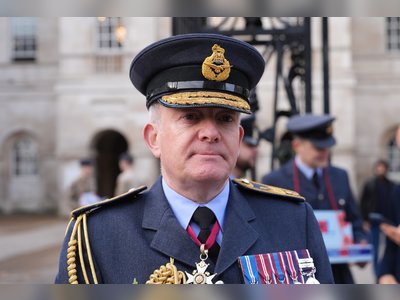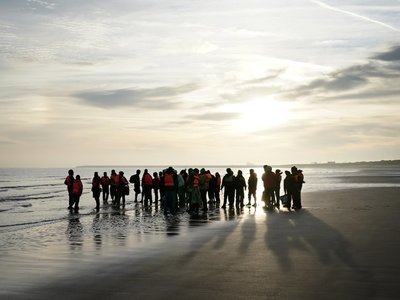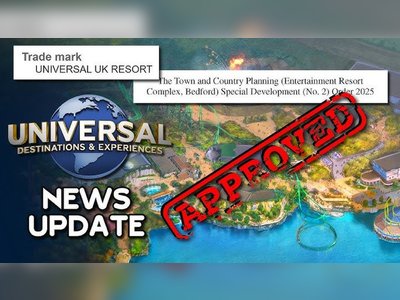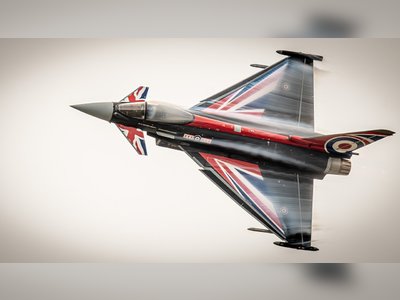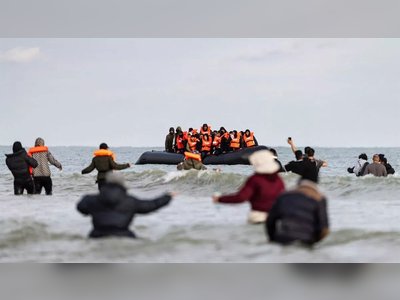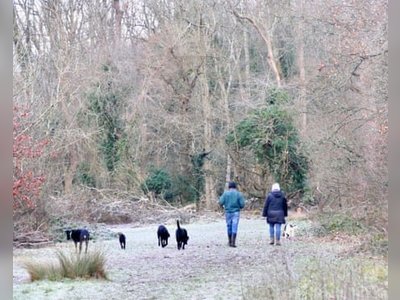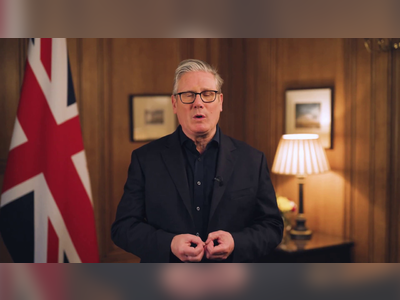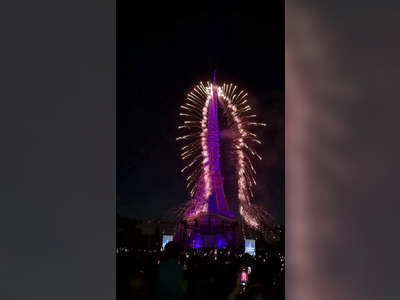
Extraordinary scenes in Sri Lanka are the product of a man-made disaster
The unprecedented events in Colombo have been the result of a culmination of over three months of protests by ordinary Sri Lankans against the government, and in particular the President Gotabaya Rajapaksa.
The country's Presidential Secretariat, the heart of government, was stormed by thousands of protesters. Many with the nation's flag draped over them ran up the steps and into the iconic building.
Later the prime minister's home was set on fire by protesters, hours after he had said he would resign. The president, under intense pressure to follow suit, did so close to 11pm local time.
Since morning there had been clashes between protesters and security forces across the capital city Colombo.
Undeterred by tear gas, police firing in the air and water cannon, protesters gathered to march on the president's house to force him out of office. Many are reported to be injured.
Their patience wore thin as they argued with the military who tried to stop them.
With sheer numbers, momentum and determination they made a final push and broke down the multi-layer police barriers from their path.
They stormed the heavily fortified president's house and walked unhindered through the gardens, corridors and many rooms of the building. As they moved around taking pictures and selfies they warned their president to go.
And few didn't miss a chance to cool off by jumping into the swimming pool of the most secure address in the country.
Mr Rajapaksa had earlier been evacuated to an undisclosed location and there were reports he'd been transferred to a naval ship.
Temple Tree, the official residence of Prime Minister Ranil Wikremesinghe, has not been spared either - this too was stormed.
In an emergency meeting, the prime minister agreed to step down for an all party government to be formed.
A lawyer who didn't want to be identified said: "At the moment I think people's struggle is moving successfully. And I wish all the best for the struggle and at the end we will make a good change for our country."
Sri Lanka's 22 million people are facing the worst-ever economic crisis, which has driven up prices and triggered shortages of food, medicine and fuel.
The deep-rooted economic crisis has remained unaddressed for decades by successive governments.
The Rajapaksa administration's reckless and mismanaged economic policies has deepened the crisis.
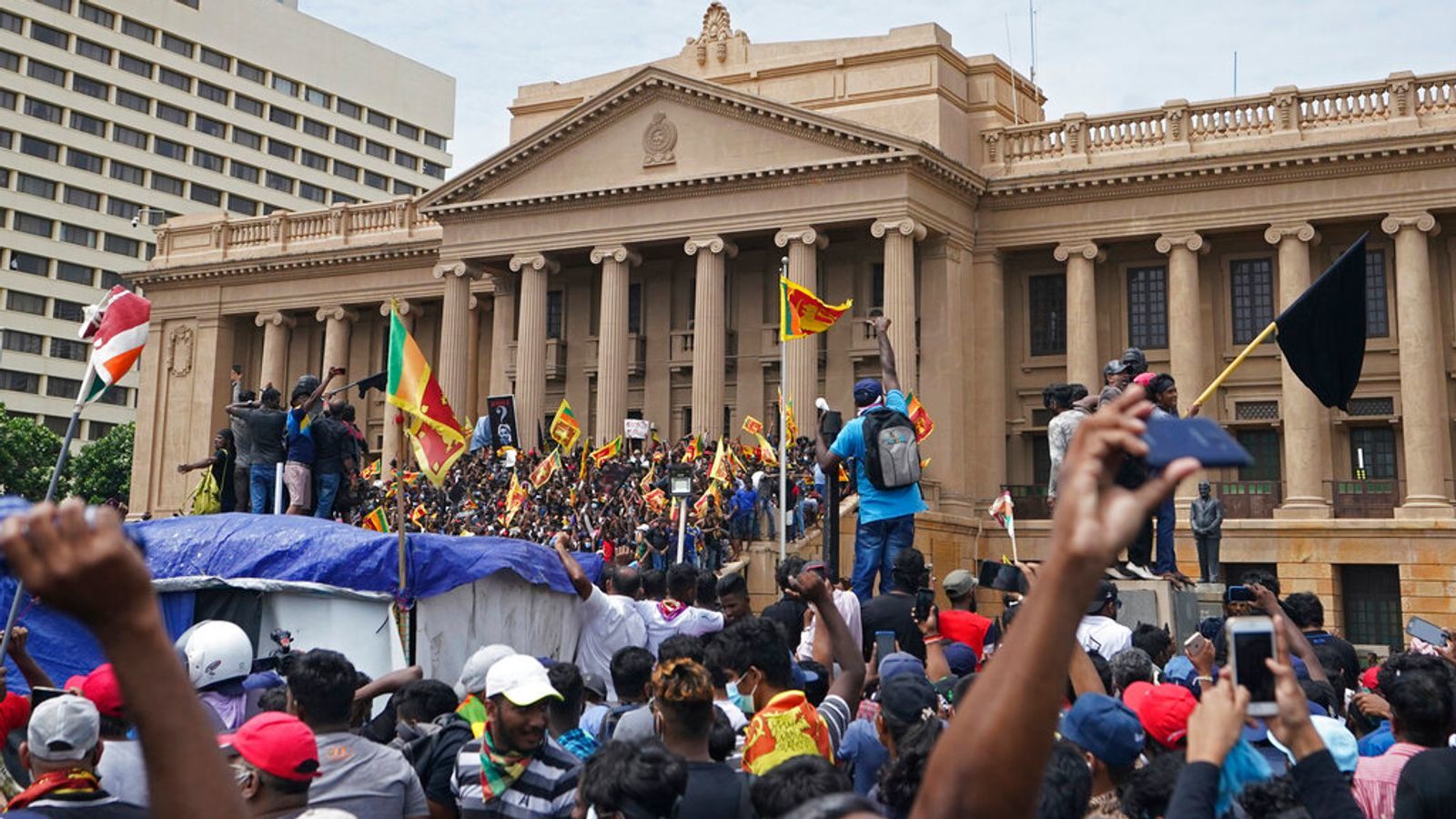 Crowds assembled outside the president's office in Colombo.
Crowds assembled outside the president's office in Colombo.
 Protestors inside President Gotabaya Rajapaksa's home in Colombo.
Protestors inside President Gotabaya Rajapaksa's home in Colombo.
Tax cuts, severe import restrictions and the reluctance to bring in prudent economic reforms laid bare the structural deficiency in the government's economic policy.
With a severe balance of payment crisis, international agencies downgraded the country, further hampering any chances of foreign investment.
 Protesters came prepared with gas masks.
Protesters came prepared with gas masks.
Tourism generates more than $4bn a year, but the industry was hit hard by the COVID pandemic.
To tide over the short term, the government borrowed heavily forcing the country into a debt trap.
The country is virtually bankrupt with no foreign reserves to buy vital commodities.
It has defaulted on its $51bn external debt and is now in talks for a $3bn bail-out with the International Monetary Fund.
However, the magnitude of the crisis is such that these loans may not be sufficient to get out of the balance of payment problems any time soon as the current deficit is gigantic.
But for the moment, it's ordinary Sri Lankans who will have to bear the brunt of the worst man-made disaster the country is witnessing.


